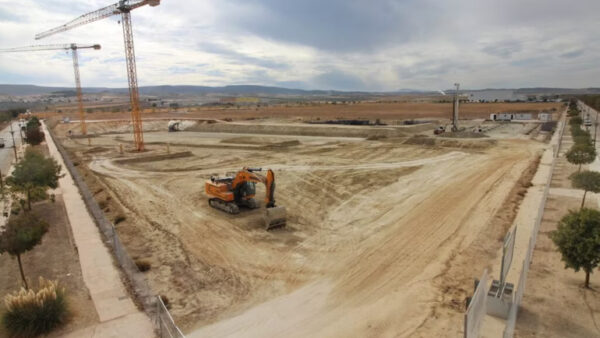11 December 2013
The future of mega industrial projects in the US looks uncertain as chemical manufacturers rush to take advantage of the shale gas boom, putting strain on construction industry capacity.
US chemical companies and liquefied natural gas exporters had planned to invest more than $90bn over the next few years, putting a strain on construction at all levels, from engineering and design to welding and pipe-fitting, according to a report in the Financial Times (FT).
Research company IHS said that construction costs are already rising and once the investment boom gets underway cost inflation could be a significant problem.
Royal Dutch Shell recently abandoned a plan to build a plant to convert natural gas to liquid fuels in central Louisiana, as estimates of its cost rose from more than $12.5bn to more than $20bn, the FT reported. At building activity peak the plant would have needed 10,000 construction workers.

Drilling for natural gas in Lycoming County, Pennsylvania (Ruhrfisch/Wikimedia Commons)
Chemicals analyst at Alembic, Hassan Ahmed, told the FT he expects only four of the proposed seven “mega projects” for making ethylene to start up by the end of 2017. Even those, he says, could be delayed further, as none has yet started construction.
Earlier this year GCR reported that shale gas production in the US, by a process known as fracking, has sparked an industrial building boom in the state of Louisiana, as manufacturers rushed to take advantage of cheaper energy and chemical feedstock.
Steel, ammonia and methanol makers were among the companies building plants or scouring the state for suitable sites.
“You’ve got a lot of Europeans wringing their hands about the fact that people are moving energy intensive businesses back to the US, after they moved away 20 years ago,” Professor Eric Smith, associate director of Tulane University Energy Institute in New Orleans, told GCR.
“We’re seeing companies bringing things like chlor-alkali plants and ammonia plants, which are very energy intensive. Even steel mills. And it’s all being driven by low-cost electricity.”






